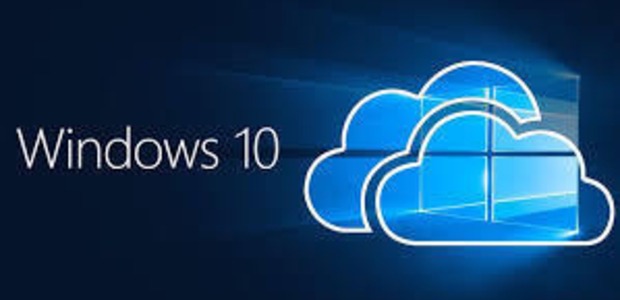advertisement
Windows as a service? Now, there’s an argument for Linux
Expert Windows writer Ed Bott recently pointed out that the “Windows as a Service” tagline for Windows 10 isn’t just…

Expert Windows writer Ed Bott recently pointed out that the “Windows as a Service” tagline for Windows 10 isn’t just a marketing line. He’s right.
Now, Microsoft is not ready to offer a true Windows-as-a-service offering where you’d be running your desktop from the cloud. Not yet, anyway. But if Microsoft were to buy Citrix, that would be another story.
Yes, you’ve heard that Citrix rumor forever and a day, but it looks as if Microsoft may finally do it. The combination always made sense, but with former Microsoft executive Kirill Tatarinov now in charge of Citrix as president and CEO, Microsoft has its man on the inside.
advertisement
Additionally, Citrix has just started offering Xen Desktop Essentials. This latest Xen program enables you to manage Windows 10 remote desktops from Azure for $12 per user per month. Earlier, in 2016, Microsoft enabled some of its partners to offer enterprise editions of Windows 10 — Windows 10 Enterprise E3 and E5 — from the cloud.
I should also mention there’s a new version of Windows 10, dubbed “Cloud,” coming. Don’t be misled by the name. This appears to be a re-baked version of the failed Windows RT. It looks like it has the same goal: grabbing back market share from Chromebooks. Good luck with that, Microsoft.
In the meantime, even as true cloud-based Windows 10 desktops start rolling out, Bott pointed out that users already have far less control over “their” Windows 10 desktops. For example, if you’re running Windows 7 SP1, you haven’t had any major changes in six years. Now, that’s stability. Windows 10? The upgrade cycle is now about 18 months. More annoying still, while you can defer the upgrades, you can’t refuse them.
advertisement
As for patches, you can’t refuse them either. It’s all or nothing. God help you if you have mission-critical applications or hardware that’s broken by a new patch collection. You can’t roll back the one bad patch to fix compatibility problems anymore.
If you’re a sysadmin, you’re already seeing this happening. It’s only going to get worse as Microsoft takes charge of “your” desktops.
What can you do? Well, you can keep your Windows 7 machines staggering on, but Microsoft has changed 7‘s patching to a roll-up model as well if you use Windows Server Update Services (WSUS).
advertisement
Or you could switch to Macs. <Crickets> OK, so much for that idea. Besides, the notion of moving from Microsoft to Apple if in search of more control of your system is a bad joke.
So, if you really, really want to control your desktop moving forward, there’s only one choice: Linux.
I know, I know. I can hear your screaming from here. But think about it. Do you have another choice?
I’ve been happily using Linux desktops for decades. They work. In fact, they work well.
In particular, I recommend Linux Mint. It’s stable, it works like a fine-tuned watch, and it’s free. If you use the Cinnamon desktop, your users will think they’ve traveled back in time to the Windows XP desktop.
Applications are easy to set up. These days, you just download and install them from an app store.
Linux programs are also simple to use. Personally, I find that LibreOffice works just fine for office work. It’s latest version, 5.3.2, works better than ever with Microsoft Office’s OpenXML formats. And there’s always Google Docs.
What’s that? You can’t live without Microsoft Office? Then don’t. You can run Office 365 on Linux. For that matter, when a user pointed out that OneDrive ran like a dog on Linux, Microsoft fixed it. Yes, you read that right. Microsoft fixed a serious bug with how a Microsoft app ran on Linux.
Much as I like the Linux desktop, there are real problems with deploying it in business. For example, Mint, my personal favorite, doesn’t offer corporate support. You can get business support from other Linux distributors, such as Canonial (Ubuntu), SUSE and Red Hat, for their distributions.
It’s also not as easy to get Linux pre-installed on desktops. There are specialty Linux PC vendors, such as System76 and ZaReason. But of the major PC vendors, Dell is the only one that makes a point of selling ready-to-run Linux PCs. You can get Linux desktops and laptops from other top vendors, including HP and Lenovo, but they don’t make it easy.
All that said, if you really want your IT department to be in charge of your PCs and not Microsoft (or Apple, or Google with Chromebooks), it’s time to start seriously considering the Linux option. There really are no other viable alternatives.